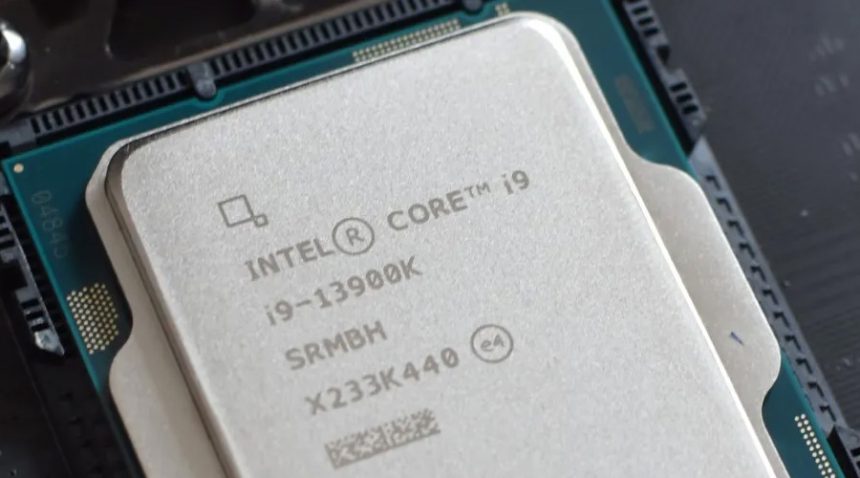Consumers stand to benefit from this rivalry, enjoying a diverse selection of processors
The central processing unit (CPU) industry in 2025 has become a battleground where titans like Intel, AMD, and Qualcomm vie for supremacy. This competition has spurred rapid technological advancements, reshaping market dynamics and influencing consumer choices across various computing segments.
Intel’s Strategic Maneuvers
Intel, historically a dominant force in the CPU market, has faced significant challenges in recent years. Its market share has declined from 80% in 2015 to approximately 60% by 2024, primarily due to intensified competition from AMD and other rivals. In response, Intel has embarked on a series of strategic initiatives to reclaim its leadership position.
At the Consumer Electronics Show (CES) 2025, Intel unveiled the Core Ultra 200V series, codenamed Lunar Lake, targeting commercial thin-and-light laptops. These processors promise enhanced performance per watt and improved battery life, aiming to outperform competitors in the commercial laptop segment. Major OEMs, including Lenovo, HP, and Dell, have integrated these chips into over 30 laptop designs, signaling strong industry support.
However, Intel’s challenges extend beyond product development. The company’s vertically integrated business model has been scrutinized for its lack of agility in a rapidly evolving market. To address this, Intel is transitioning towards a contract manufacturing model and investing in advanced chip technologies, such as the “18A” process, with the goal of regaining competitiveness by 2026.
AMD’s Ascendancy
AMD has experienced a remarkable resurgence, challenging Intel’s longstanding dominance. The release of the Ryzen 9 9950X3D processor exemplifies AMD’s commitment to innovation. This 16-core CPU, priced at $699, leverages the second generation of 3D V-Cache technology, delivering substantial performance gains in both gaming and productivity tasks. Benchmarks indicate that the 9950X3D outperforms Intel’s top CPUs, including the Core i9-14900K and the Core Ultra 9 285K, while maintaining lower power consumption and operating temperatures.
In the server CPU market, AMD’s Epyc processors have made significant inroads. The company’s x86 server CPU market share reached 24.2% following the release of its 4th-generation Epyc processors, approaching its 2006 record of 26.2%. The subsequent launch of the 5th-generation Epyc processors, codenamed Turin, has further solidified AMD’s position, offering superior performance, energy efficiency, and total cost of ownership for enterprises requiring vertical scaling.
Qualcomm’s Ambitions
Qualcomm, traditionally known for its dominance in mobile processors, has set its sights on the desktop and server CPU markets, challenging the duopoly of Intel and AMD. The company’s Snapdragon X series aims to deliver competitive performance in the desktop CPU space. Early benchmarks suggest that the Snapdragon X Elite offers a 90% performance increase over Intel’s Core Ultra 7 Series 2 chips when operating on battery power, highlighting Qualcomm’s potential to disrupt the market.
Despite these advancements, Qualcomm faces hurdles in gaining widespread adoption for its desktop CPUs. Compatibility issues and the need for software optimization pose challenges. Analysts predict that while Qualcomm may capture a segment of the market seeking affordable and efficient desktop options, AMD and Intel are likely to remain the preferred choices for high-performance gaming and DIY PCs in 2025.
Market Dynamics and Consumer Implications
The intensifying competition among Intel, AMD, and Qualcomm has led to rapid technological advancements, benefiting consumers with a broader array of choices tailored to diverse computing needs.
Performance and Efficiency: AMD’s Ryzen 9 9950X3D sets new benchmarks in performance and energy efficiency, appealing to gamers and professionals alike. Intel’s Core Ultra 200V series focuses on balancing performance with extended battery life, catering to mobile professionals. Qualcomm’s Snapdragon X series emphasizes efficiency, targeting users seeking long battery life without compromising performance.
Market Share Shifts: AMD’s gains in both desktop and server CPU markets underscore a shift in consumer and enterprise preferences towards alternatives offering competitive performance and value. Intel’s efforts to stabilize its market share involve strategic product launches and restructuring initiatives. Qualcomm’s entry introduces additional competition, potentially reshaping market dynamics.
Technological Innovations: The adoption of advanced manufacturing processes, such as AMD’s 3D V-Cache and Intel’s “18A” technology, reflects the industry’s commitment to pushing the boundaries of CPU performance. Qualcomm’s integration of mobile-centric efficiencies into desktop CPUs introduces a new paradigm in processor design.
The CPU landscape in 2025 is characterized by fierce competition among Intel, AMD, and Qualcomm, each striving to assert dominance through innovation and strategic positioning. Consumers stand to benefit from this rivalry, enjoying a diverse selection of processors that cater to varying performance requirements and budget considerations. As the battle unfolds, staying informed about the latest developments will be crucial for making well-informed decisions in this dynamic market.






